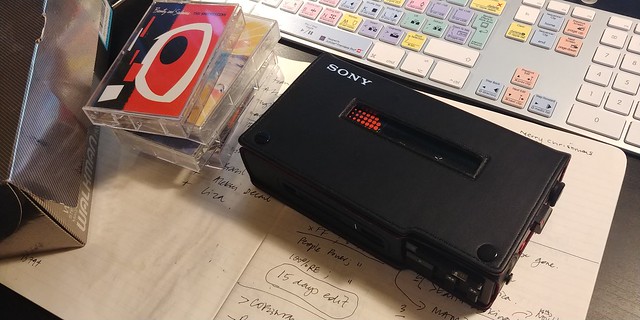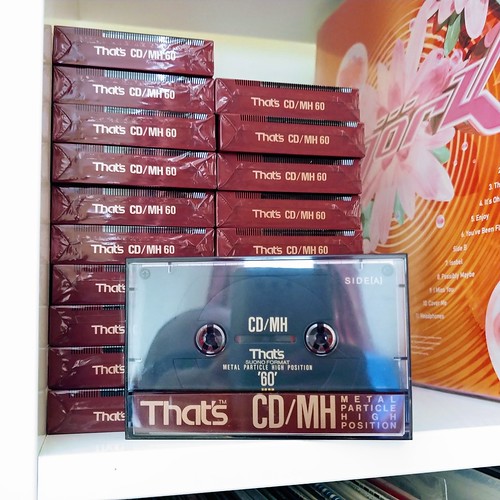being able to tweak the bias can make a great differrence when using whatever blank
Bias adjustment is mandatory if a decent result is required. And when noise reduction is used then adjustment of record level is even more important.
And for a really good result record equalisation should be parametric, too, but that is a rarity.
Auto-tune systems can be fine, but they can also be thrown off, as they monitor only a few frequencies. But they are certainly more convenient than
opening up a deck and hanging it off a computer.
Last month I characterised a number of tapes:
http://audiochrome.blogspot.be/2018/03/cassette-tape-comparative-measurements.html
These pages nicely show the practical differences in bias and sensitivity that have to be ironed out with calibration.
I thought azimuth was more about physical alignment of the heads, whereas bias is electrical 'tuning' of the signal during recording. The 1.5 has bias adjustability, and I understand the azimuth on the 1 is adjusted by a small motor.
Playback azimuth is about tape path compatibility with alien cassettes. It should be set to a universal standard (which cannot practically exist, but that is a different story). Front-panel access to PB azimuth is to allow to tweak to wayward alien cassettes.
The Dragon has automatic PB azimuth adjustment.
The Nak CD1 has manual PB azimuth control, through a mechanical linkage from the front panel to the already-present head adjustment screws. There is no motor involved.
Record azimuth in a three head deck is important because the record head has to be totally aligned to the PB head. As the tape path varies with each individual cassette rec azimuth has to set prior to each recording. The Nak 680 series did this automatically, under motor control.
All three head Naks have fully adjustable azimuth, height, and tilt settings for the rec and pb heads individually, so if you wanted you could always pop off the cover and set pb azimuth for any present tape, and also rec azimuth for any new recording. Just be sure to return the settings always to normal, and don't touch height and tilt.
It wasn't until I got my first decent deck (the Nak 1.5) that I realised what a great tape the humble TDK-D is. My first deck was a Teac A-103. D tapes sounded really dull on it.
That dullness was likely due to a lack of (internal) calibration.
Cheap tapes can be fine. Provided they are of relatively consistent azimuth and have only few dropouts they can give a flat frequency response just like any other tape, once calibrated. What they cannot provide is the significantly lower noise and higher MOL/SOL of quality tapes, but this is only of
relevance if no noise reduction is used.




